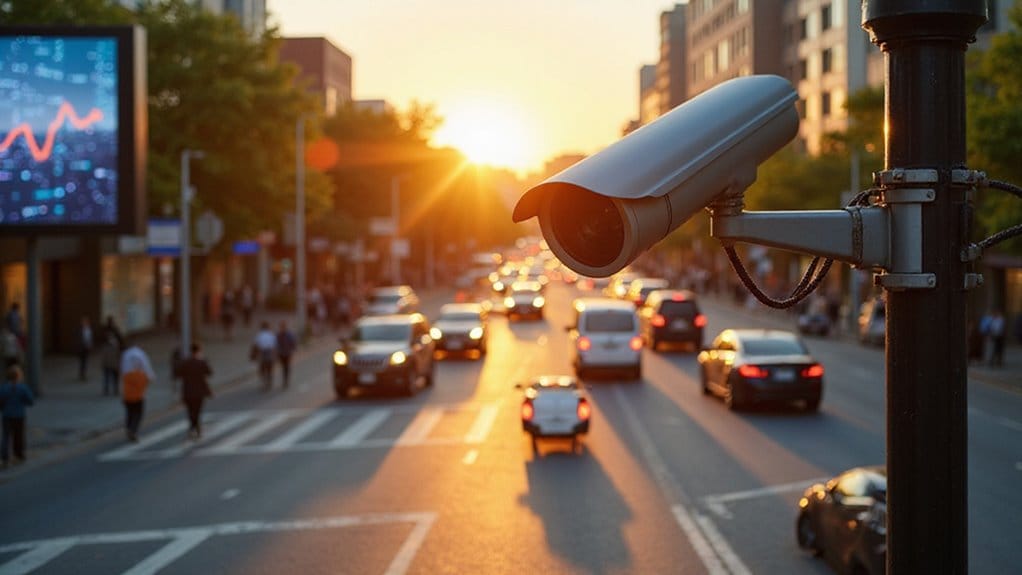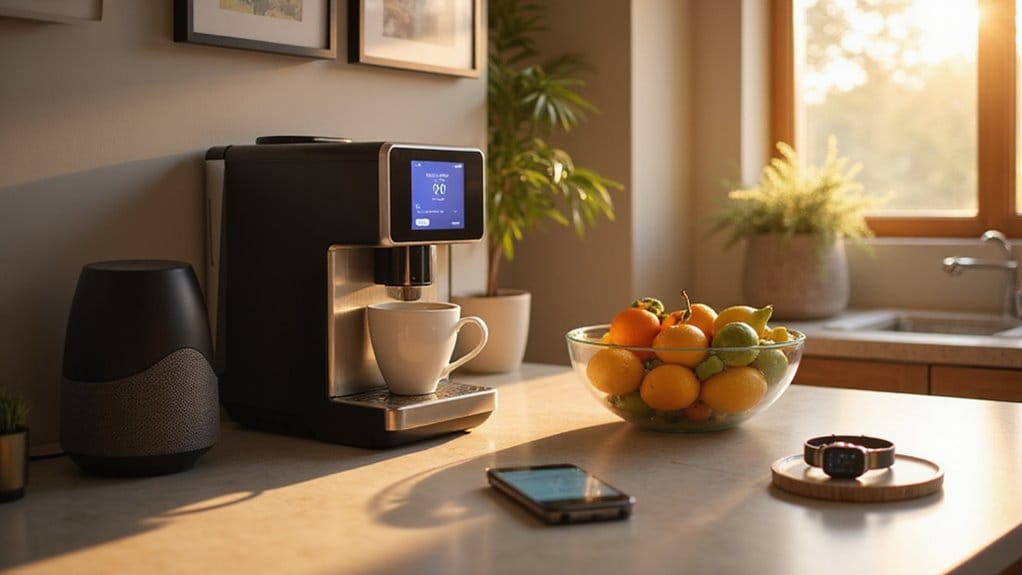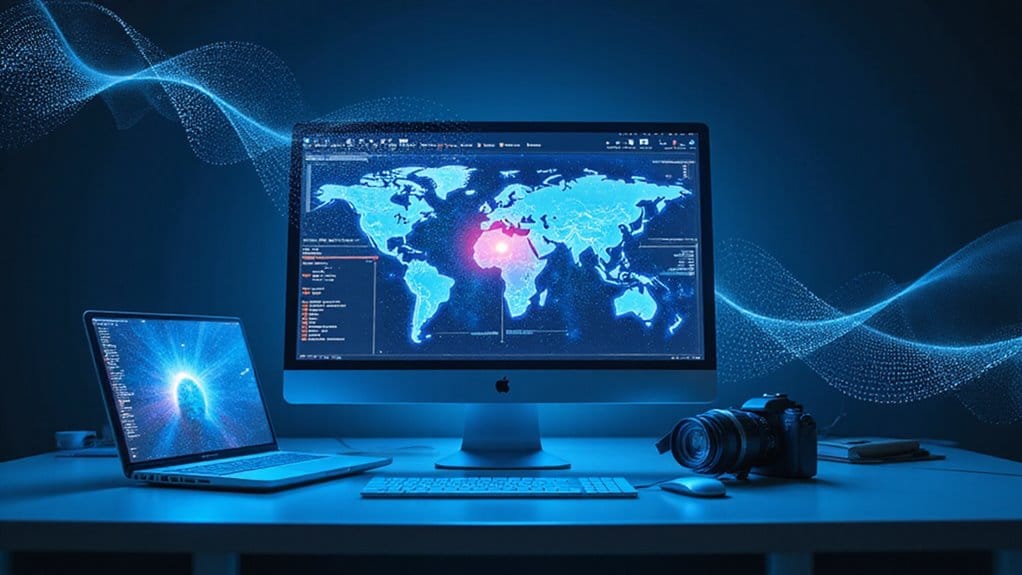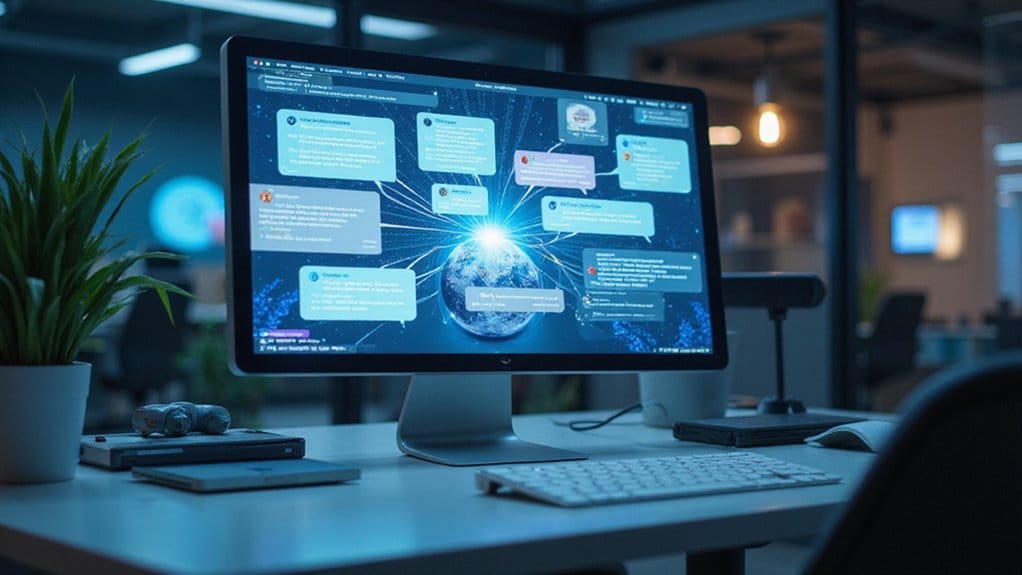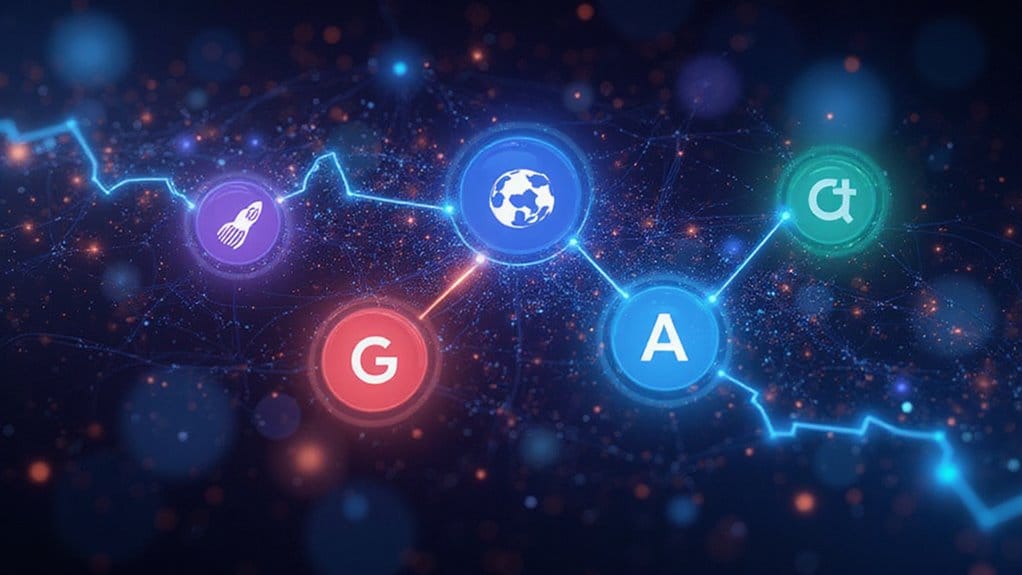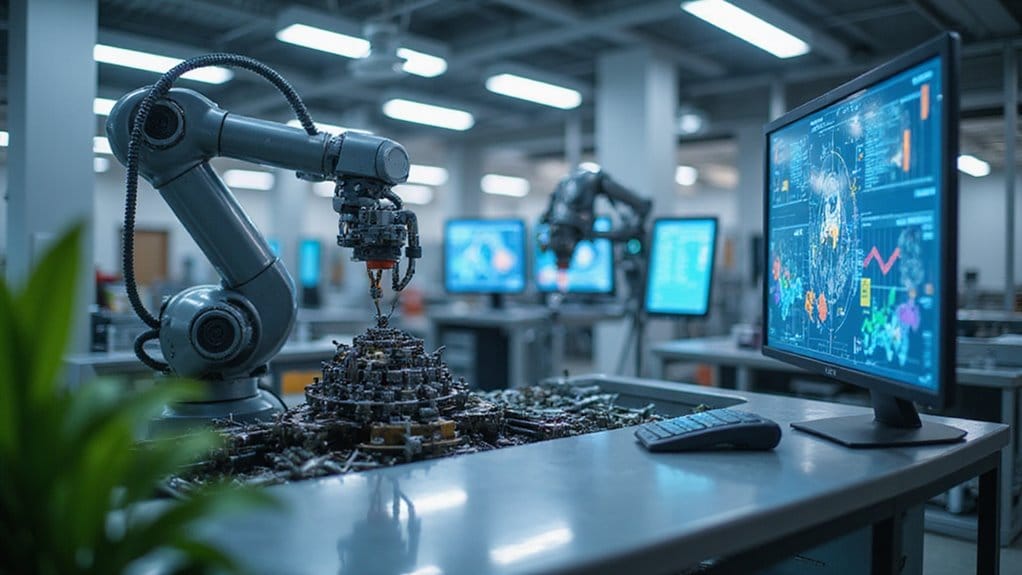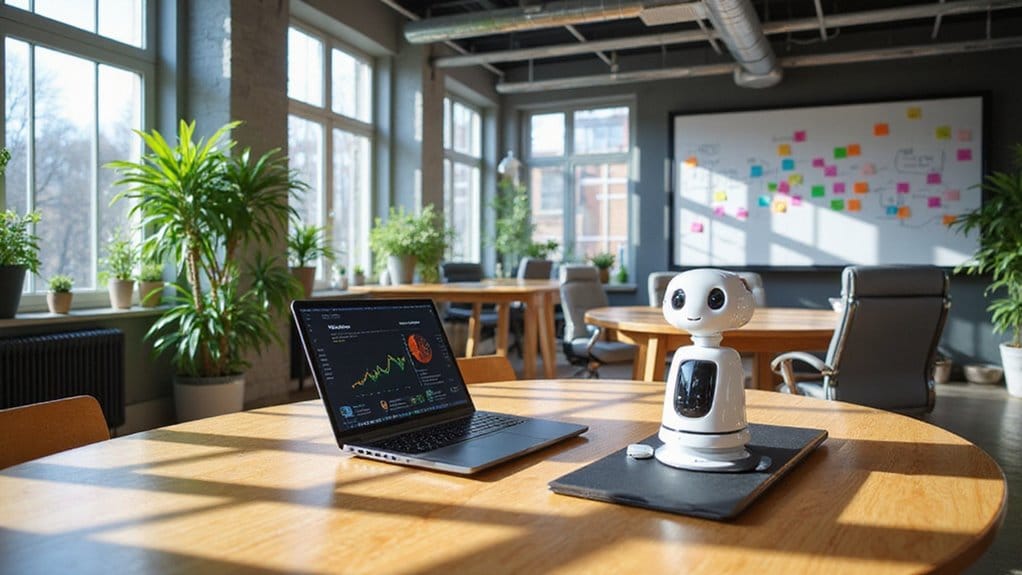Video recognition AI is shaking things up! It analyzes moving images to spot objects and actions faster than a speeding bullet—sorry, human brain! From securing public spaces by catching suspicious behavior to helping digital nurses monitor patients, it’s revolutionizing safety and efficiency. So, whether it’s detecting traffic jams or keeping an eye on hospital corridors, this tech is essential. Don’t miss out; it’s time to see how it all works in practice!
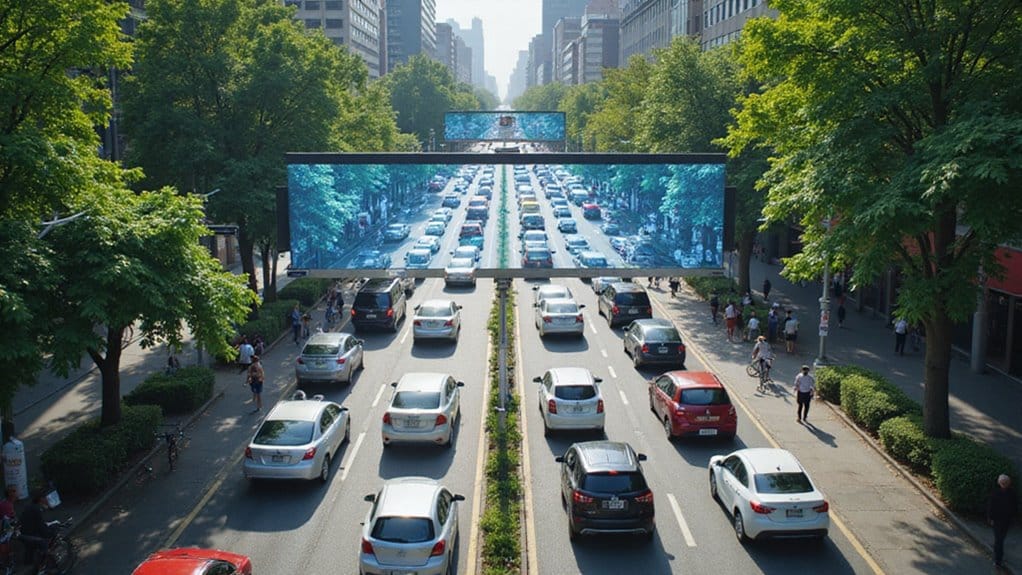
Imagine a world where computers can watch videos just like humans do—sounds like science fiction, right? Well, welcome to the future, where video recognition AI is revolutionizing how we interact with our digital landscape. This technology analyzes video content to identify objects, scenes, and activities, much like a human would, using complex machine learning and deep learning models.
It’s like having a super-smart friend who can process mountains of video data faster than you can say “traffic management”!
Let’s break it down. Picture a video filled with cars, people, and maybe a wayward dog. Video recognition AI utilizes object detection to pinpoint each element in that chaotic scene. It’s not just about identifying a vehicle; it tracks its movement, analyzes patterns, and even helps manage traffic flow. This process involves frame-by-frame analysis, enabling the extraction of meaningful information from visual data. Additionally, training machine learning models is central to video recognition, as it allows systems to learn and adapt through exposure to diverse video data. This adaptability is essential for improving accuracy and reliability in real-world applications.
So, the next time you’re stuck in a gridlock, know that AI is working behind the scenes to make sense of the madness.
Now, why should you care? Because this technology is everywhere—from securing public spaces to monitoring your favorite YouTube videos. In surveillance, video recognition AI enhances safety by detecting suspicious behavior, reducing false alarms, and even assisting law enforcement with crucial evidence.
Imagine a world where you can trust your security systems to do their job without constant human oversight. Sounds dreamy, right?
But it doesn’t stop there; healthcare is getting a makeover too. Imagine AIs tracking patient movements, detecting emergencies, and analyzing behaviors, all while you sip your hospital coffee.
It’s like having a digital nurse on duty 24/7, ensuring safety and timely responses.
Frequently Asked Questions
What Industries Benefit Most From Video Recognition AI Technology?
Video recognition AI is a game-changer across multiple industries, but retail analytics and healthcare applications steal the spotlight.
In retail, it analyzes shopper behavior and catches sneaky thefts—who knew shopping could be so high-stakes?
Meanwhile, in healthcare, it tracks patients and detects problems before they escalate.
Don’t overlook this tech’s impact! Whether improving store layouts or preventing infections, video recognition is essential.
Embrace it, or risk falling behind!
How Does Video Recognition AI Ensure User Privacy and Data Security?
Video recognition AI prioritizes user privacy and data security through strict privacy protocols and data encryption.
It limits data collection to what’s truly necessary, reducing exposure risks. Real-time analysis happens locally, so data isn’t floating around in cyberspace.
Plus, anonymization techniques keep identities safe. Want to avoid a privacy nightmare? Always check if your systems comply with regulations.
Can Video Recognition AI Be Used in Real-Time Applications?
Absolutely, video recognition AI excels in real-time applications!
Think about security—immediate response to suspicious activities is essential. With real-time analytics, it scans video feeds for threats faster than a hawk spotting dinner.
In traffic management, it detects violations on the spot, keeping roads safer.
So, whether it’s monitoring your grandma or ensuring safe driving, this tech is a game-changer.
Don’t underestimate the power of instant data! It’s the future, folks!
What Are the Limitations of Current Video Recognition AI Systems?
Current video recognition AI systems face several limitations.
First, high rates of false positives can misidentify objects, leading to confusion.
Then there’s algorithm bias, which can unfairly skew results—nobody wants an AI that plays favorites!
Plus, the lack of diverse training data means these systems might struggle in real-world situations.
Remember, folks: without proper data, even the best algorithms can flop.
How Does Video Recognition AI Compare to Traditional Surveillance Methods?
Video recognition AI leaves traditional surveillance in the dust.
Sure, traditional systems catch movement, but they miss context—like a cat versus a thief.
AI accuracy shines through with its ability to recognize objects and behaviors, making it smarter and more reliable.
Want real-time data? AI adapts and scales effortlessly, unlike those old-school systems that need manual updates.
Don’t settle for basic; upgrade to intelligent surveillance for a safer, more informed world!
